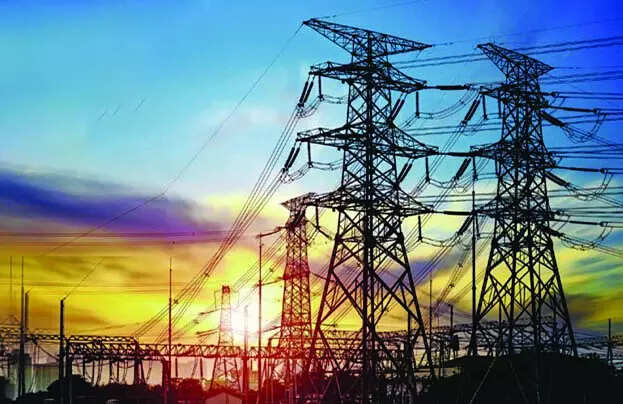
New Delhi: On August 25, India’s electricity prices in the real-time market on the Indian Power Exchange (IEX) was up to tape-record lows, averaging 0. 86 each till 4: 30 PM and dropping to 0. 01 per unit in a single 15 -min trading block (07: 45– 08: 00 AM). The sharp decline reflected excess availability of sustainable power and enhanced liquidity on the exchange.
This comes with a time when India’s power demand goes to historic highs. Power intake in August 2025 (till August 24 touched 117 6 billion units (BUs), showing 4 8 % development year-on-year. Peak demand climbed to 229 GW on August 7, going beyond the previous document of 216 GW in August 2024
Demand increasing, but liquidity keeping prices affordable
In spite of the need surge, IEX data shows that sell-side liquidity in the Day-Ahead Market (DAM) rose by more than 45 % year-on-year during August. The rise has been attributed to greater generation from wind, hydro, and solar projects, particularly during the downpour duration.
Therefore, power prices have actually stayed affordable. From August 1– 25, 2025, the typical DAM rate stood at 4 13 each, which was 9 % reduced year-on-year, while the Real-Time Market (RTM) balanced 3 40 each, down 8 % over the exact same period.
According to the exchange, hefty rainfall on August 25 even more improved accessibility, contributing to the high price fall in the real-time section.
Customer benefits from near-zero prices
The Indian Power Exchange kept in mind that such conditions open up chances for distribution firms (Discoms) and business & & industrial (C&I) customers.
“These costs present a chance for Discoms and & Commercial & Industrial consumers to satisfy their need at an affordable price and to replace their costlier power by obtaining via exchanges,” said Rohit Bajaj, Joint Managing Supervisor, Indian Power Exchange.
The possibility of acquiring electricity at prices as reduced as 0. 01 each in time obstructs permits customers to lower procurement prices considerably, especially when compared to long-lasting contracts or more expensive thermal generation.
The function of renewables and seasonal aspects
The decrease in prices in August 2025 highlights just how seasonal sustainable generation forms power market patterns. Higher wind generation in seaside regions, strong hydropower outcome from monsoon-fed reservoirs, and continual solar schedule with each other boosted sell-side volumes on the exchange.
Such patterns are expected throughout the downpour period when demand development is gone along with by excess eco-friendly supply. This combination produces problems for competitive rate exploration in both the DAM and RTM.
Outlook: balancing demand growth and cost patterns
India’s electrical power usage is anticipated to keep climbing in the coming months. The document 229 GW need taped in August has actually strengthened forecasts of ongoing growth, with industrial activity and house demand driving intake.
At the very same time, the enhancing penetration of renewables, coupled with high seasonal output, has begun to influence rate development extra strongly on the market. Information from IEX suggests that, despite the peak demand scenario, exchange-based costs have actually stayed lower year-on-year, indicating that liquidity from tidy power resources is supporting the impact of demand development.
The capability of consumers– specifically Discoms and big sectors– to make the most of such competitive rates depends on timely engagement in the exchange markets and efficient organizing. For now, the mix of demand development and excess sustainable supply has actually emphasized the developing characteristics of India’s power market.> >